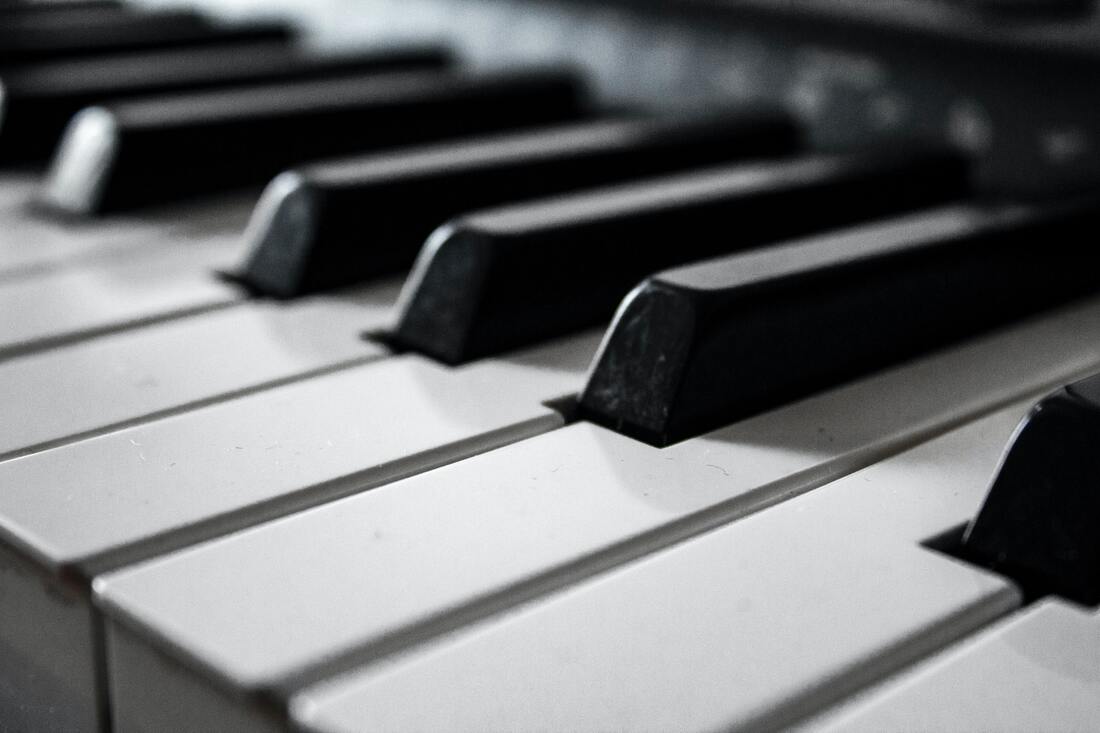|
“Don’t only practice your art, but force your way into its secrets, for it and knowledge can raise men to the divine.” -Ludwig van Beethoven Hello Music Lovers of the Valley, In our previous Music at the Library post, pianist Amanda Gessler, who had been scheduled to give a performance of Beethoven's late piano sonatas at the library this spring, shared her experience studying the works of Beethoven with noted authority and widely recognized pianist Richard Goode, who encouraged Amanda "to really live the piece while one is playing it." I think we all would agree that Richard Goode was realizing Beethoven’s advice, "force your way into its secrets, for it and knowledge can raise men to the divine." As Amanda’s comments suggest, there are infinite layers of expression and understanding in this music. As you listen to the recommended YouTube performances of Op. 109 and Op. 11, here are some elements of music that define compositions of Beethoven’s late style (1800-1828). In the piano sonatas Beethoven extensively explored the coloristic qualities of the piano, including highest and lowest ranges and applying a wide range of dynamics in both. He worked out themes and motives to their utmost potential with variation technique epitomizing his late style. The extensive use of fugal texture reflects his lifelong reverence for the music of J.S. Bach. His command of new sonorities seems unlimited; some deemed unsuccessful and performability questioned. But whether we approve or condemn, we have no reason to think Beethoven with perfect hearing would have altered a single note. The unprecedented rhythmic visions, the formal innovations, and the technical demands of these sonatas bid farewell to the sonata form as defined by the early classical period. Beethoven definitely represents the high romantic period with one leg in the past. Piano Sonata No. 30 in E Major, Op. 109 (1820), published in Berlin 1821,was dedicated to Maximiliane Brentan, daughter of Beethoven’s devoted supporter and friend, Antonie. The sonata is in three movements that feels more like two balanced movements. I Vivace ma non troppo. Adagio expressivo (Emajor) II Prestissimo (Eminor) III Gesangvoll, mit innigster Empfindung. Andante molto cantabile ed Expressivo (E major, theme and variations) For listening pleasure, I suggest: You might find this lecture by Andres Schiff on Beethoven Piano Sonata No. 30, Op. 109 interesting as well. Piano Sonata No. 32 in c minor, Op. 111(January 1822), Paris publication, was dedicated to Archduke Rudolph. It is only two movements in length. The first movement is an Allegro in compact sonata forma and the second is an Adagio molto, a long set of variations on an arietta. I think you will agree that this eloquent set of variations is complete in itself—thus, nothing more need be said. I. Maestoso - Allegro con brio ed appassionato II. Arietta: adagio molto, semplice e cantabile For listening pleasure, I suggest:
In an upcoming blog post, we will initiate our visits to the incredible symphonic compositions of Beethoven’s early period. I have asked Nancy Thomas, violist, teacher,and former editor of AMFS program booklet to share some of her thoughts concerning this repertoire and performance thereof.
Please email me any reflections you have on the past blogs. I will include your comments on the next installment. Be safe and stay healthy. Til soon, Charlotte McLain cmclain@basaltlibrary.org
1 Comment
Cheryl Fisher
6/6/2020 08:52:44 am
How lovely it is to wake up to the sounds of Beethoven.
Reply
Your comment will be posted after it is approved.
Leave a Reply. |
Adult News & reviewsLibrary news, info about upcoming events, reviews of books and films, and a look at the topics that affect us as a library. Archives
July 2023
|
General |
Borrowing |
About |


 RSS Feed
RSS Feed
